Sloe Bug
species of family “Stink Bugs“
1 species
The Dolycoris baccarum is a widespread species found in Europe and Central Asia, inhabiting various environments such as hedgerows, woodlands, fields, forests, parks, and gardens. They have a variable red-purple coloration and a hairy body, reaching a length of 10-12.5 millimeters. They are active throughout the year, with the northern populations being univoltine and the southern populations being bivoltine. They feed on a variety of plants, including Rosaceae, Asteraceae, Linaria vulgaris, and Lamium album. Despite being called the sloe bug, they do not feed on sloe plants. External links for more information can be found on Nature Spot and Insekten Box.
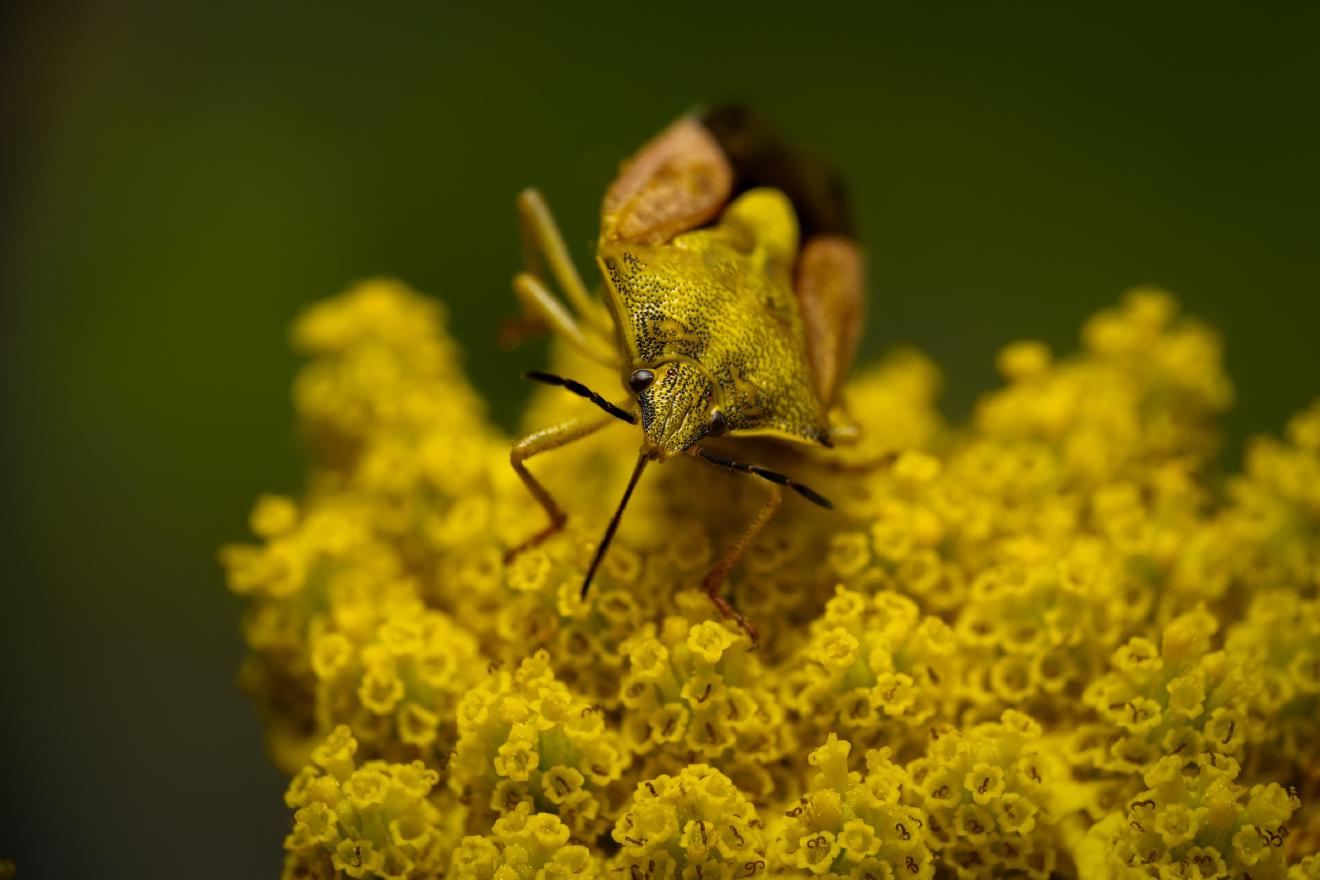
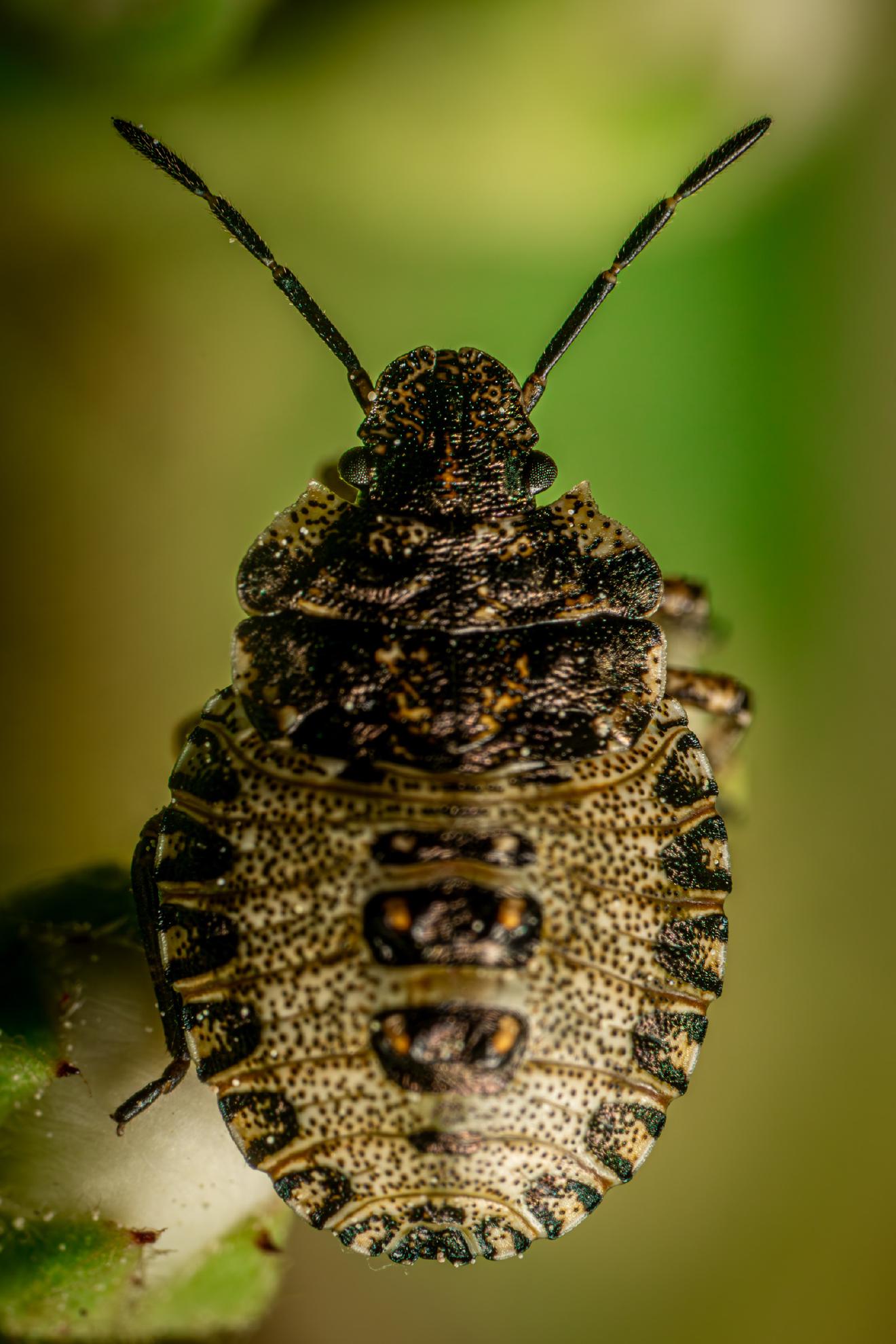
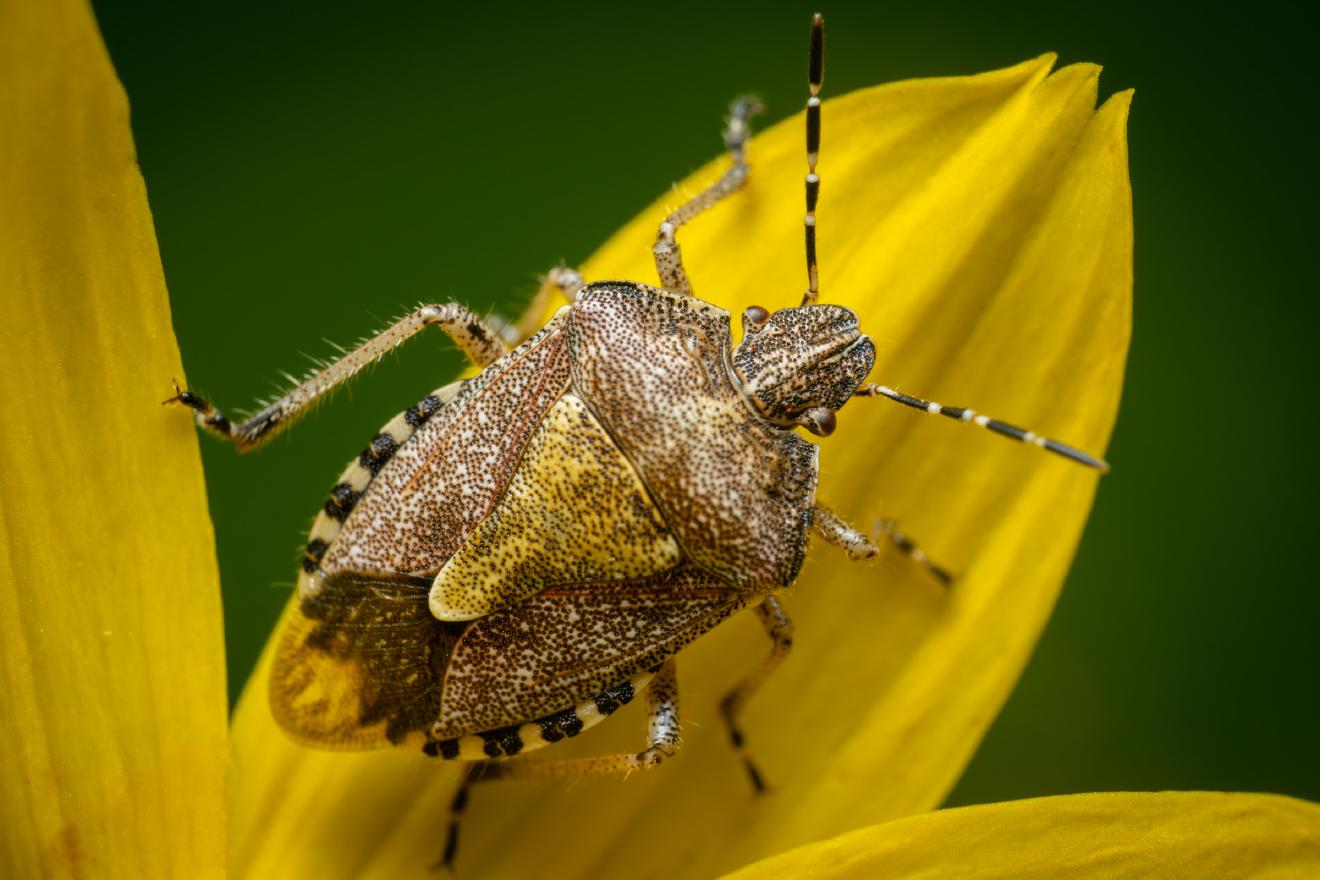
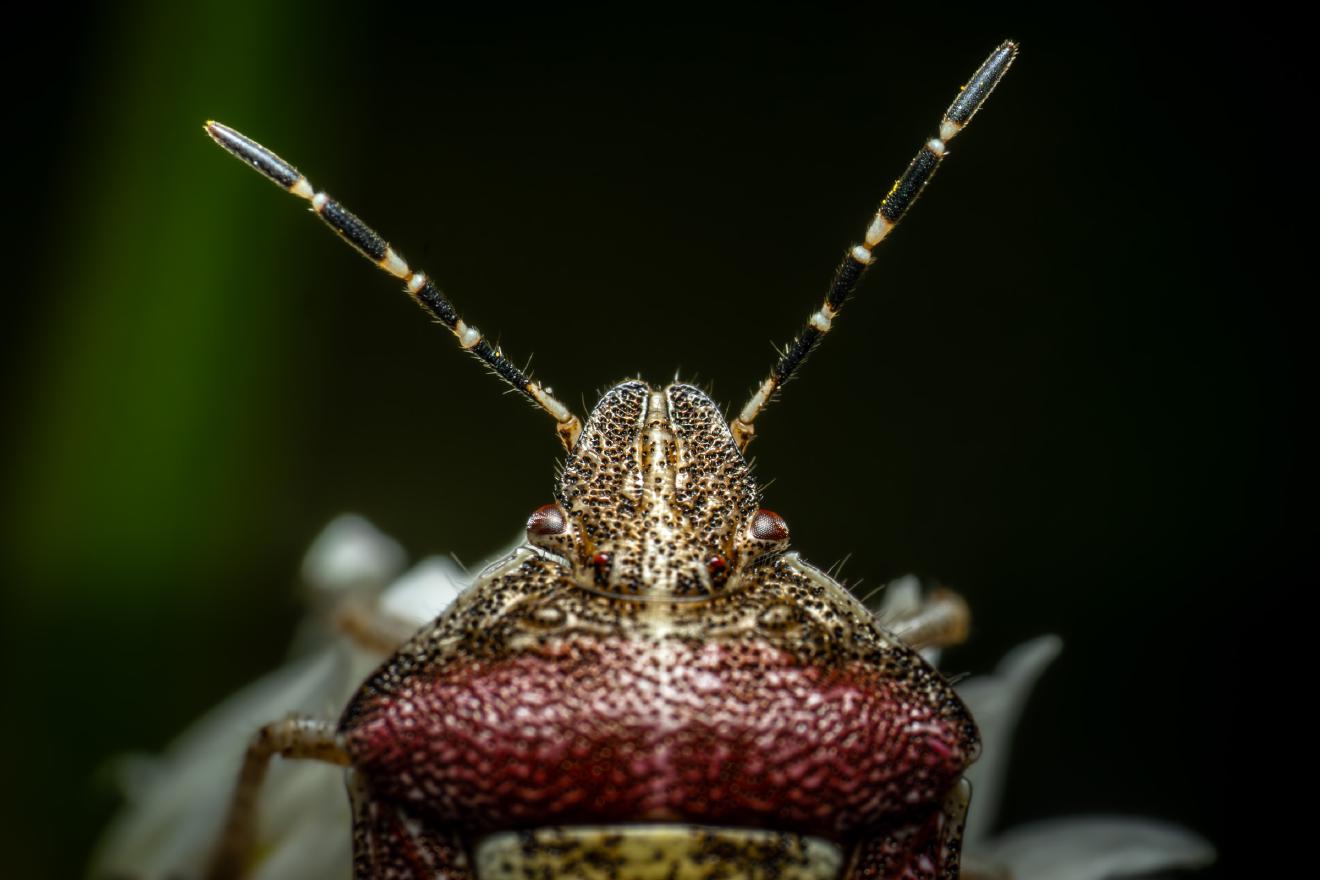
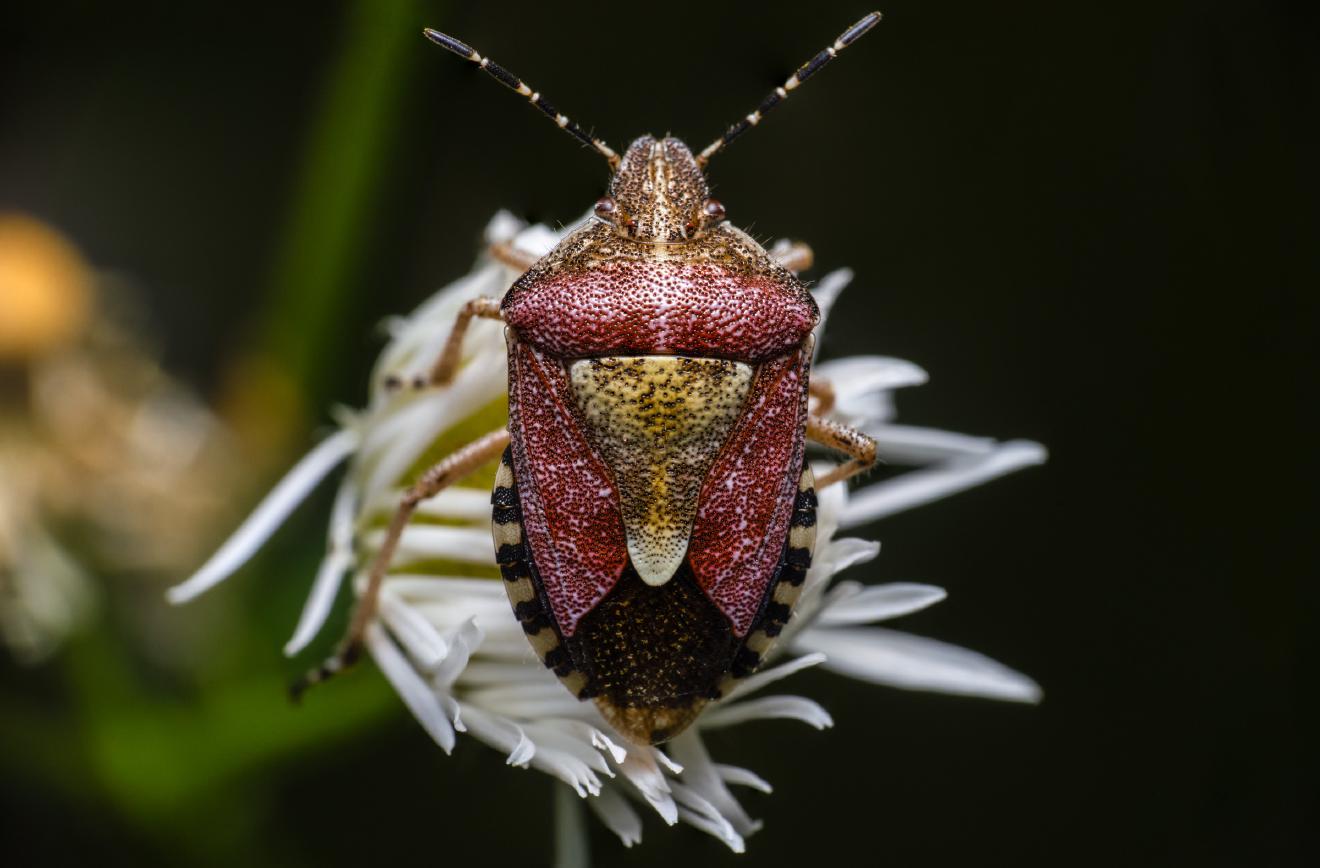
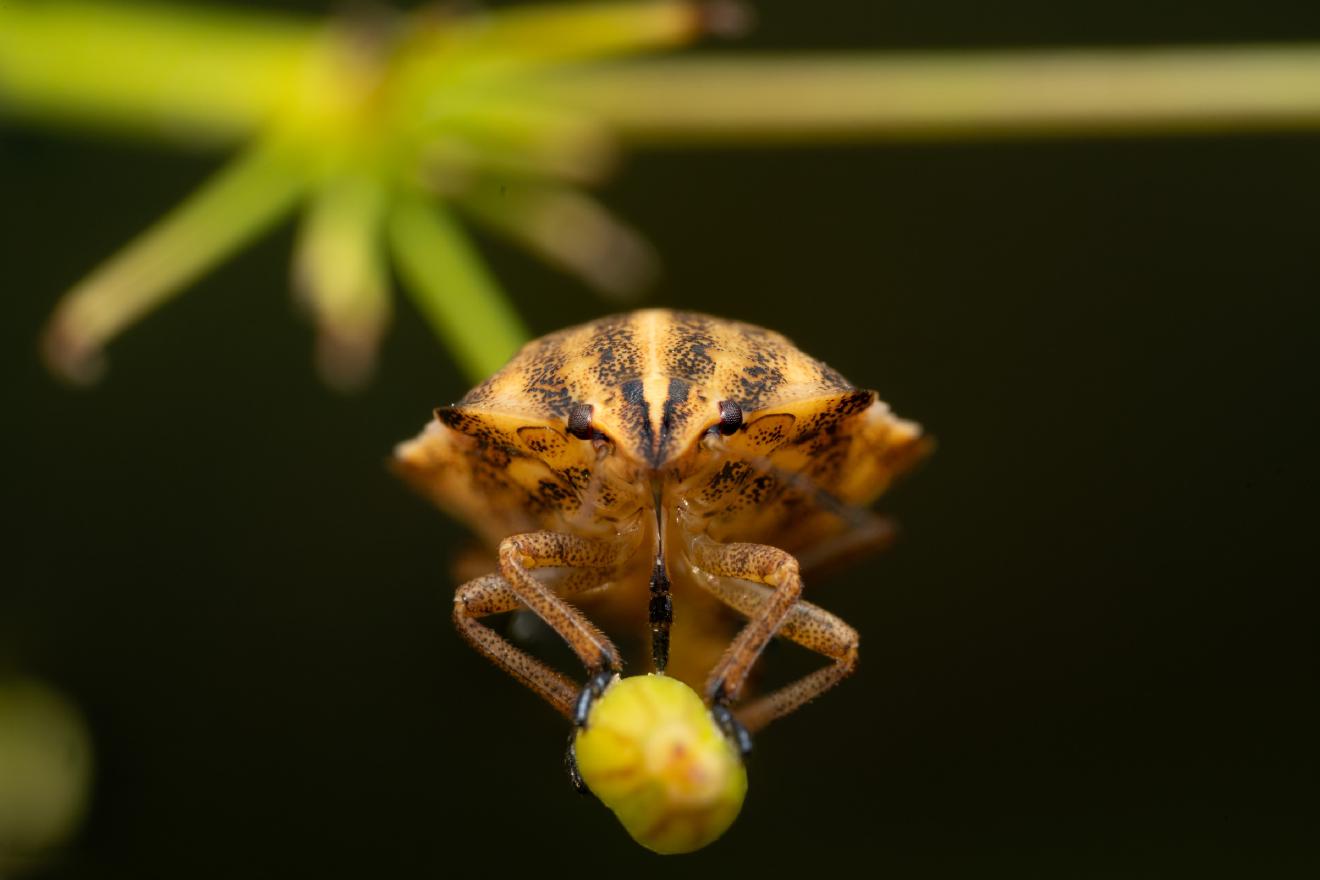
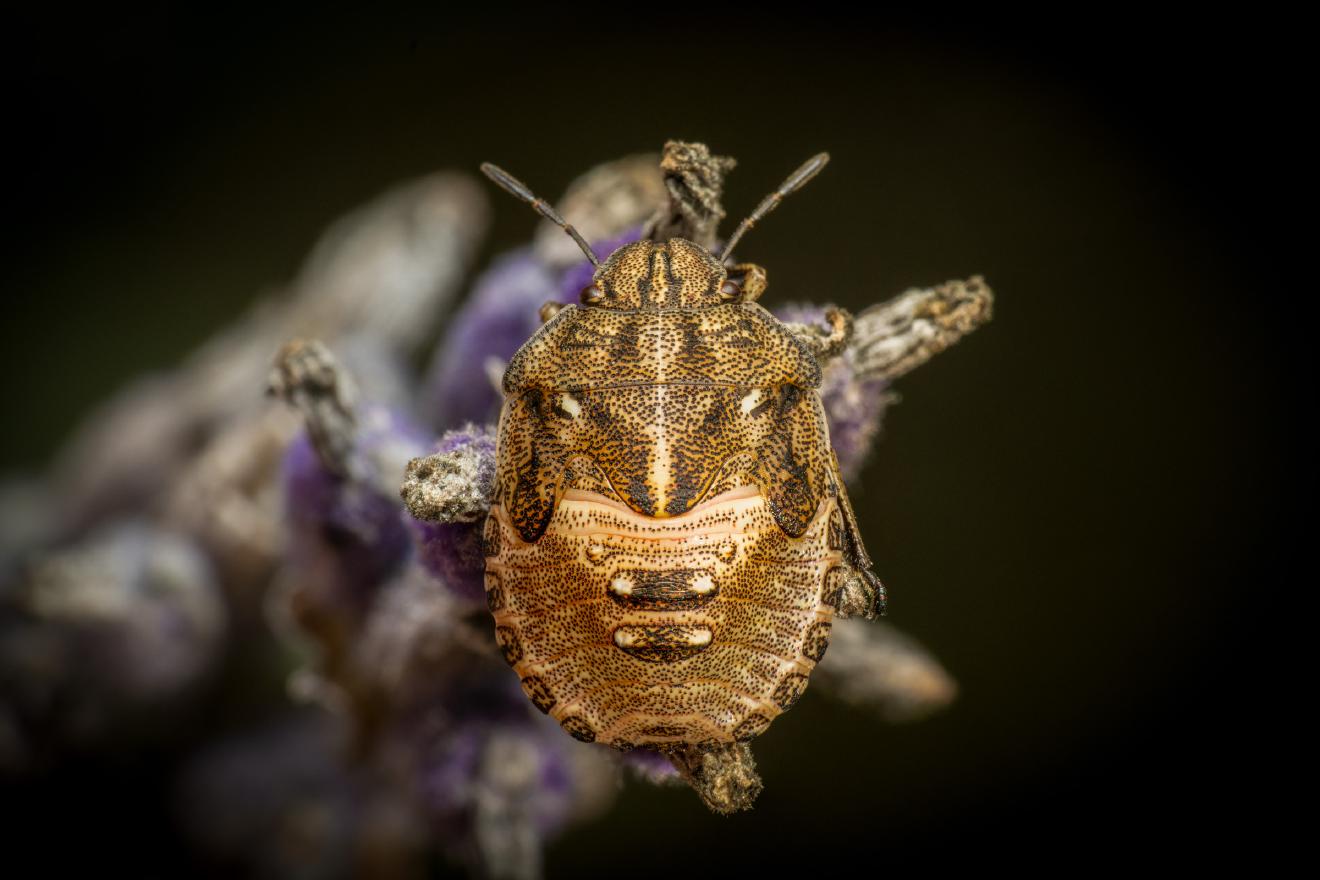
Distribution and habitat#
This species is widespread in most of Europe and Central Asia. These shield bugs mainly inhabit hedgerows and woodland edges, fields, forests, parks and gardens.
Description#
Dolycoris baccarum can reach a length of about 10–12.5 millimetres (0.39–0.49 in). The basic color of pronotum and elytra is quite variable, but usually it is reddish purple, while scutellum is ocher. During the winter the basic color is dull brown. The whole body is quite hairy. The antennae are made by 4-5 black and white sections and the margins of the abdomen (connexivum) are alternately mottled with whitish and black. The male and female are very similar. A related species encountered in Europe is Dolycoris numidicus.
Biology#
It is univoltine in the northern part of the range and bivoltine in the warmer southern areas. Adults of these shield bugs can be found all year around, as they overwinter. They emerge in the following spring, when they mate and females lay eggs. By the end of summer the new generation of adults appear. Nymphs feed on many plants, especially Rosaceae and Asteraceae species, Linaria vulgaris and Lamium album. Adults can be found frequently on shrubs feeding on berries, especially Honeysuckle and Raspberries. Despite the common name sloe bug, neither the larvae nor the adults feed on Sloe (Prunus spinosa).
External links#
Nature Spot Insekten Box (in German)
The Dolycoris baccarum is a widespread species found in Europe and Central Asia, inhabiting various environments such as hedgerows, woodlands, fields, forests, parks, and gardens. They have a variable red-purple coloration and a hairy body, reaching a length of 10-12.5 millimeters. They are active throughout the year, with the northern populations being univoltine and the southern populations being bivoltine. They feed on a variety of plants, including Rosaceae, Asteraceae, Linaria vulgaris, and Lamium album. Despite being called the sloe bug, they do not feed on sloe plants. External links for more information can be found on Nature Spot and Insekten Box.
Ancestry Graph
Further Information
Copyright

